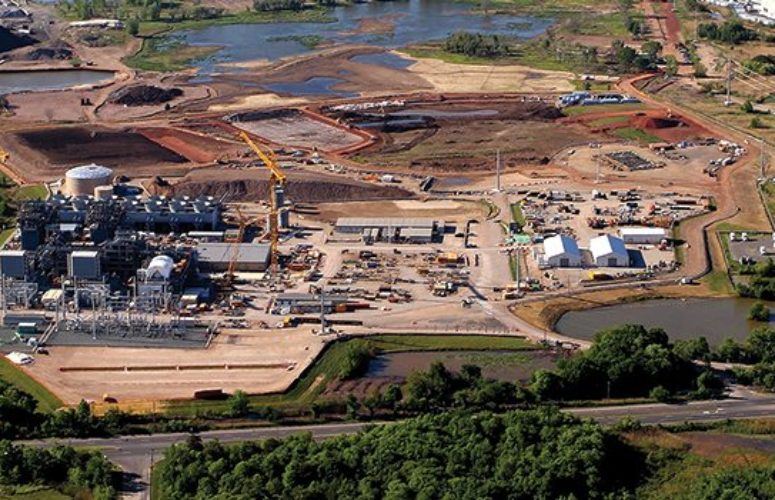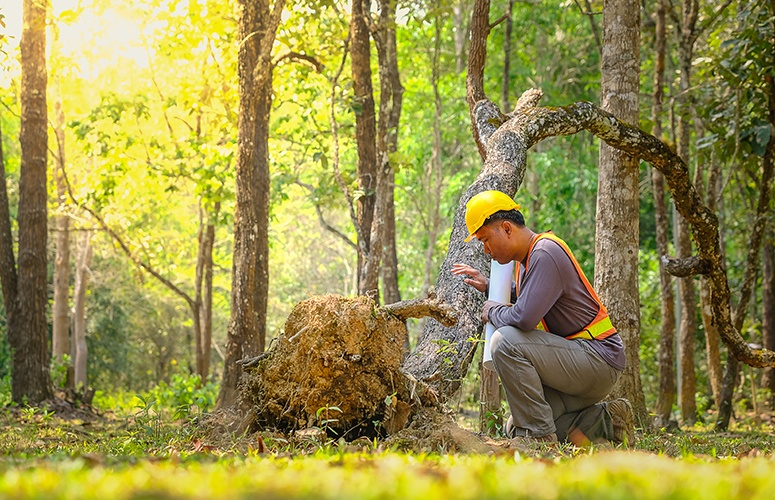
Licensed Environmental Professionals: Do These Programs Work?
By John Oberer, LSRP, Associate Principal, GZA GeoEnvironmental, Inc. On Feb 26, 2016Enactment of the Clean Water Act, the Clean Air Act, the Resource Conservation and Recovery Act, Superfund and other environmental laws and regulations, and the creation of government agencies such as the US Environmental Protection Agency and state environmental agencies, resulted in government oversight and, in some cases, implementation of environmental cleanups. While this continues to be the case in most states, several states have enacted laws establishing programs to license private environmental professionals to oversee the assessment and remediation of contaminated sites.
The roles and responsibilities of the licensed environmental professional have been greatly expanded in these states from what they were under the state-led programs. The states of Massachusetts, Connecticut and New Jersey have such licensing programs.This article provides a comparative overview of the programs in these three states.
The three licensing programs have a number of commonalities: They each have an independent board responsible for licensing and disciplining professionals; in each of these states, there are separate regulations governing the regulatory agency, the licensing board, and the licensed professional; and each state provides for the use of “professional judgment” – albeit to varying degrees. The major differences among the programs are the sites that are subject to the cleanup regulations and the remediation standards used for the cleanups.
Massachusetts and New Jersey allow Licensed Site Professionals (LSPs) and Licensed Site Remediation Professionals (LSRPs), respectively, to manage cleanups at nearly all types of sites. Connecticut Licensed Environmental Professionals (LEPs) are permitted to manage sites that qualify as “establishments” and then only when a transfer of ownership is involved. An “establishment” in Connecticut is any facility where: dry cleaning, furniture stripping or vehicle body repairs were conducted; any facility where hazardous waste was treated, stored, recycled, handled or disposed; or any other facility where more than 100 kg of hazardous waste was generated in any one month. There is also a voluntary remediation program in Connecticut that allows LEPs to investigate and remediate contaminated sites and verify the parcel has complied with the remediation standard regulations.
Remediation standards in New Jersey and Connecticut are developed by the state and tend to be proscriptive in nature, although New Jersey is currently working toward more flexibility in terms of site-specific standards, particularly for contaminants in soil that may impact groundwater. In Massachusetts, the remediating party has the ability to select a default standard and/or have the LSP conduct a risk assessment in order to develop a site-specific remediation standard. The risk-based cleanups provide more flexibility and are, in some cases, more protective.
The time needed for bringing sites into regulatory compliance has improved in each of these states following the inception of licensing programs, with remediation taking anywhere from a statutory maximum of 6 years from discovery (in MA) to 10 years (in NJ). Prior to the licensing programs, cleanups at some sites were taking upwards of 15 to 20 years, or more, to complete. In fact, with the decision making in the hands of the private professional, there is no delay due to agency turnaround times, so cleanups in most cases are driven by the real estate market and happen much faster than the statutory timeframes. All three states report that the rate of site closure exceeds the rate of discovery and, as such, case backlogs have been decreasing.
Some readers may have heard that licensing environmental professionals to manage site cleanups is like “leaving the fox to guard the henhouse.” In reality, the licensing boards in all three states take their roles very seriously. As such, licensed professionals performing subpar work are getting the message that substandard performance is not acceptable. In Massachusetts, more than 50 disciplinary actions have been taken against LSPs since inception of the program in 1993. In Connecticut, where the use of the LEP is much narrower, six cases of discipline have been recorded since the beginning of the program in 1995. In New Jersey, where the licensing program is a mere six years old, five LSRPs have been disciplined since 2009.
While I could spend days and pages describing the various nuances of these three programs, I believe I would still come to the same few conclusions that would apply to all of these programs. First, cleanups are conducted more efficiently under the licensed professional programs than under state oversight, and case backlogs are decreasing. This translates to an economic boost to the regulated community because those who want to sell or redevelop their properties quickly can do so, leaving fewer fallow sites in the state inventory. Fewer inactive or abandoned properties means more tax revenue for the jurisdiction. Fewer contaminated sites mean a cleaner environment. Second, because of the decreased need for government oversight of these cases, the cost to the taxpayer is reduced and the remaining resources within the environmental agencies can focus on more problematic or recalcitrant sites. In addition, poor-performing and underqualified professionals are being weeded out of the system to improve the overall quality of the pool of professionals. Finally, the most surprising and perhaps unintended consequence of the enactment of the licensed professional programs is a more cooperative, constructive relationship between the regulated community, the regulatory agencies, and the licensed professionals.
Related Articles:






